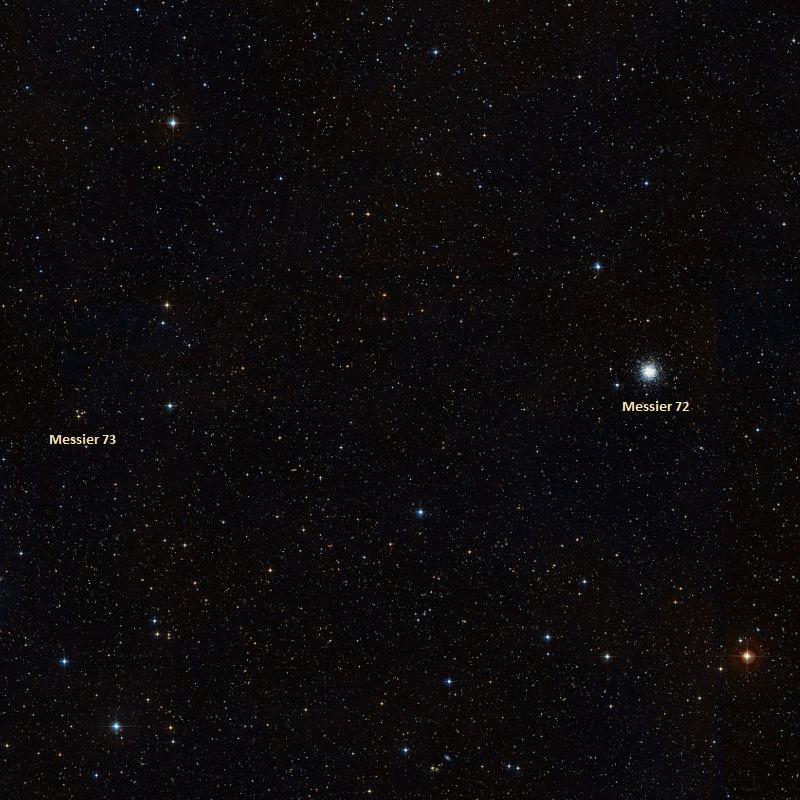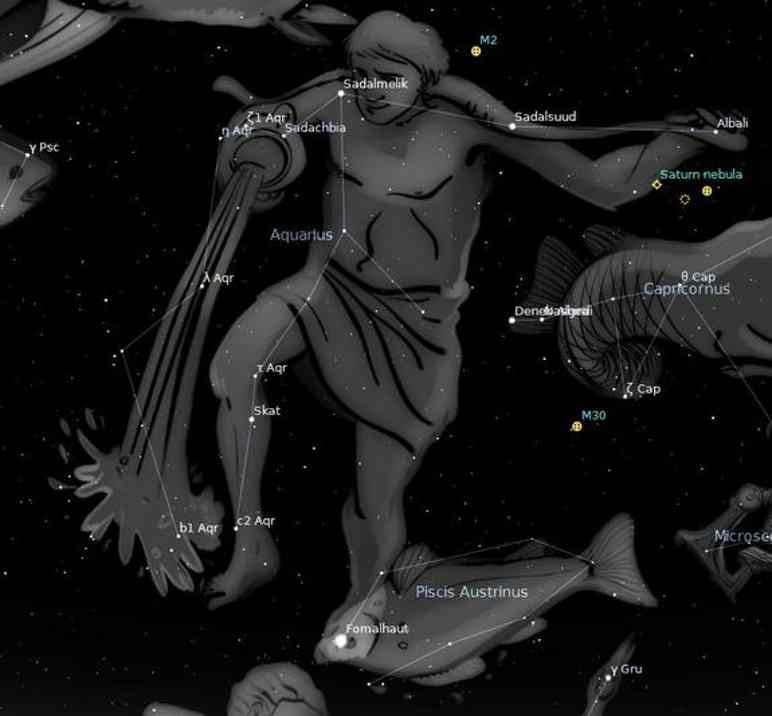Welcome back to Messier Monday! Today, we continue in our tribute to our dear friend, Tammy Plotner, by looking at the globular cluster known as Messier 72.
During the 18th century, famed French astronomer Charles Messier noticed the presence of several “nebulous objects” while surveying the night sky. Originally mistaking these objects for comets, he began to catalog them so that others would not make the same mistake. Today, the resulting list (known as the Messier Catalog) includes over 100 objects and is one of the most influential catalogs of Deep Space Objects.
One of these objects is Messier 72, a globular cluster about 54,570 light years away in the direction of the Aquarius constellation. Originally discovered by French astronomer Pierre Méchain a few years prior, Messier would go on to include this star cluster in his catalog. Located in close proximity to Messier 73, this globular cluster is one of the smaller and fainter Messier objects in the night sky. Continue reading “Messier 72 – the NGC 6981 Globular Cluster”


